A taste of the professional world with a side of spooky, Maggie Whitaker and Costume Design students tackle the task of creating outfits for a haunted house.
You enter the historical San Francisco landmark, Haas Lilienthal, and get transported to the 1930s where a paranormal detective leads you through a series of horrors. From a chef and a gardener with a mysterious connection to a creepy little girl, Boxcar and the Costume Design program have transformed the museum into the perfect haunt for the Halloween season.
Beginning on October 18, Nightmare House on Franklin Street will be open to the public for haunted tours from 7:00 PM to 10:00 PM. Put together by Boxcar Theater and Costume Design program led by Maggie Whitaker, the show will feature costume work by students Nadine Bradley-Stuart, Brianna Prentice, Julie Wang, and Alia Davis. The collaborative effort is an opportunity for the students to get hands-on experience in the profession and allows undergraduate and graduate students to co-mingle on alteration and styling for live theater.
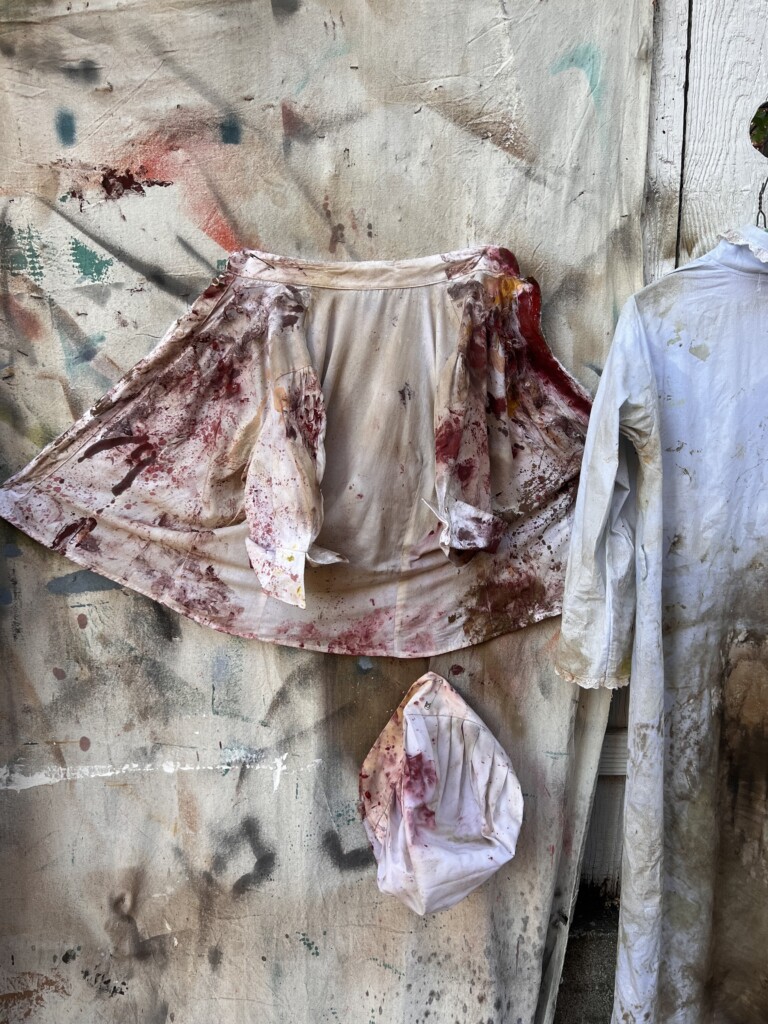
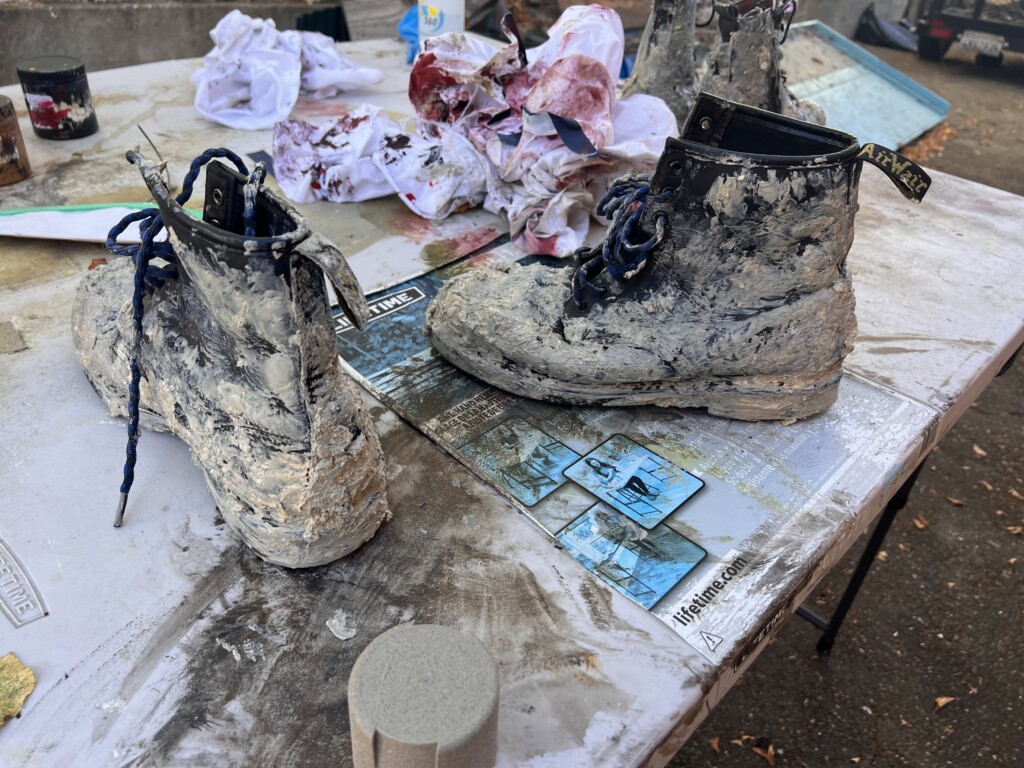
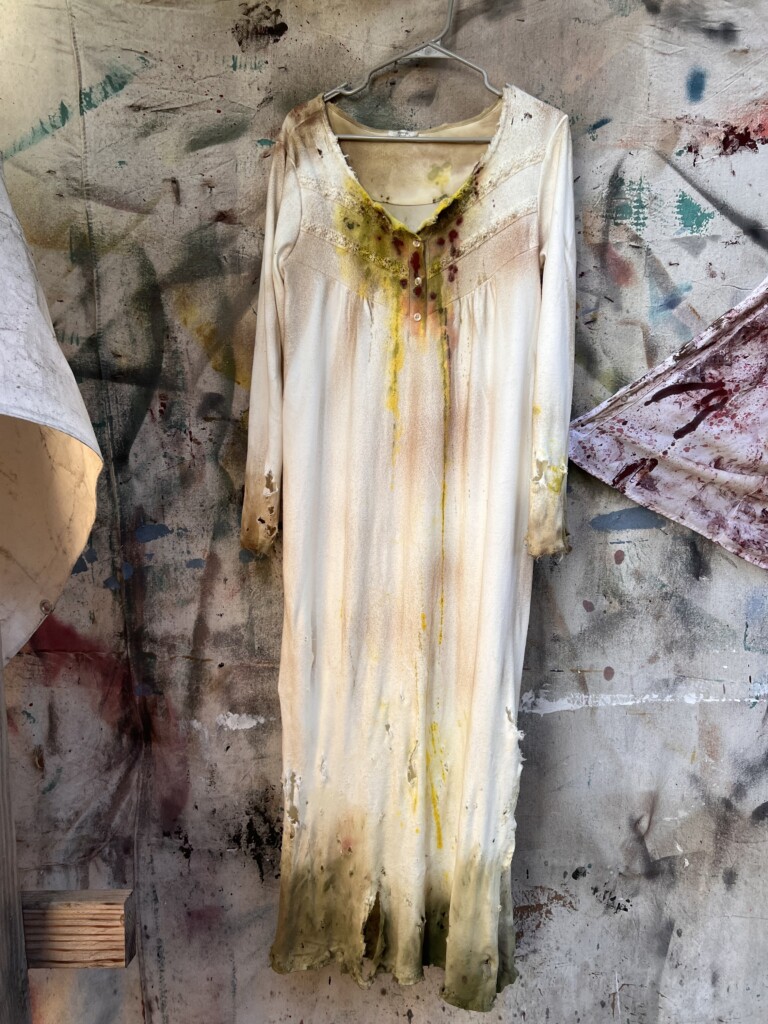
Maggie Whitaker noted during an interview with Fashion School Daily that preparation for this event started back in August, turning in her preliminary designs for it in September with students joining her in preparation for the production this October. The students will provide alterations, work with actors during fittings, and help create the final touches for costumes, such as adding a capelet hood to a cultist robe.
Unlike a normal theater production, the Nightmare House on Franklin Street is approached differently. In a typical production, actors are seen from far away, and details are enhanced to accommodate the stage light and distance. In this production, it challenges the costume design students to create costumes that are meant to be seen up close as the scare actors interact with the participants during the 45 minute tours.
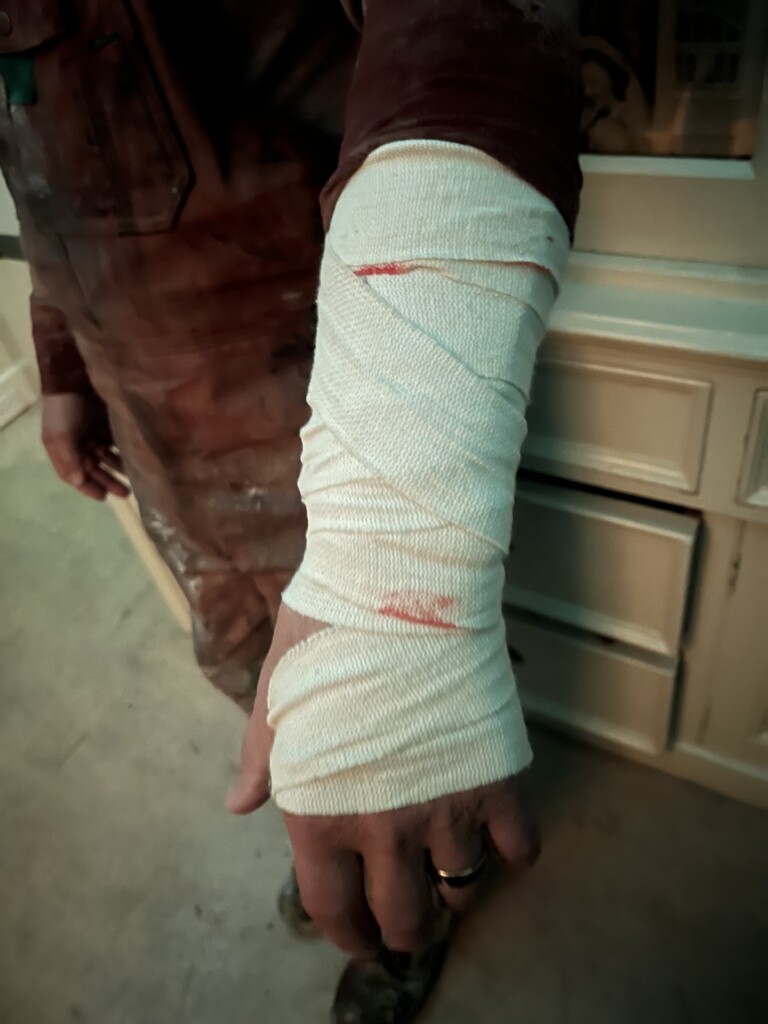

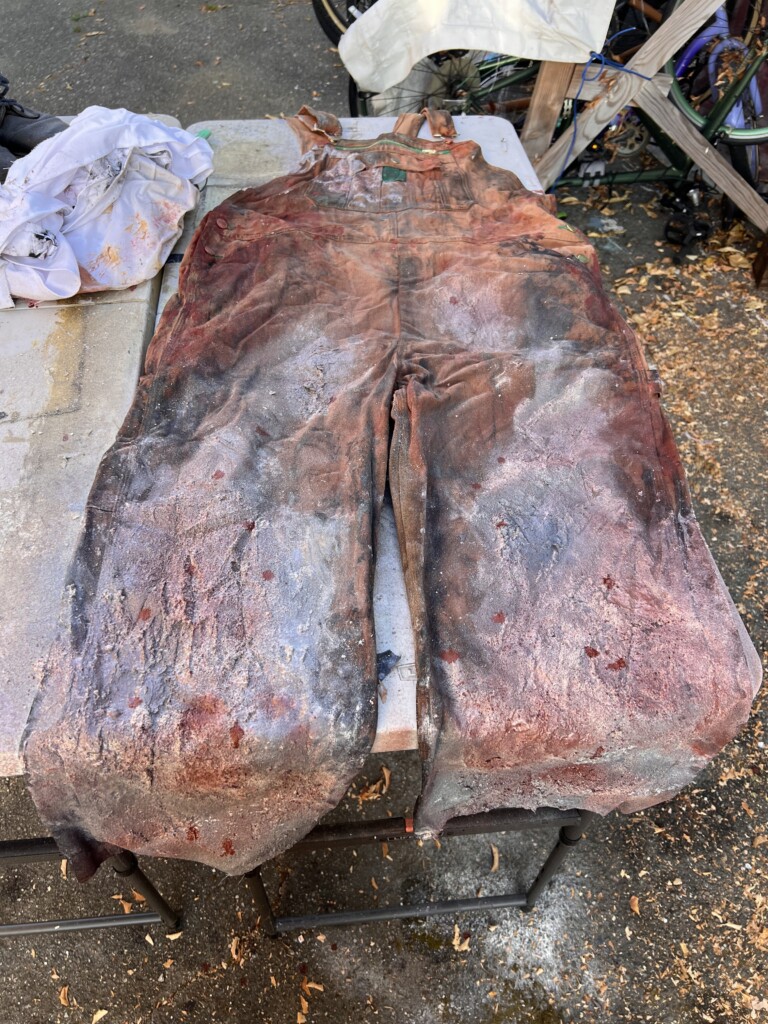
When asked about her work on the project, Nadine Bradley-Stuart compared the preparation to be more similar to a runway show or photoshoot: “When you’re doing a production shoot or a runway shoot, you do the fitting there at the moment… versus when it’s at an actual theater house, you’re doing the fittings during a full rehearsal when you have multiple actors across a full rehearsal period.”
Bradley-Stuart has previously worked on shows from a stage management perspective before beginning her time here at the Academy of Art University for Costume Design, recalling the thrill of doing one-offs. In Nightmare House, Bradley-Stuart, alongside her peers, has learned the best practices from their instructor on how to succeed at group work.
During this group work, students were invited to Whitaker’s house over a weekend to distress and grime up the costumes, including the use of stapling the garments to the fence and pulling them off to create rips and runs.
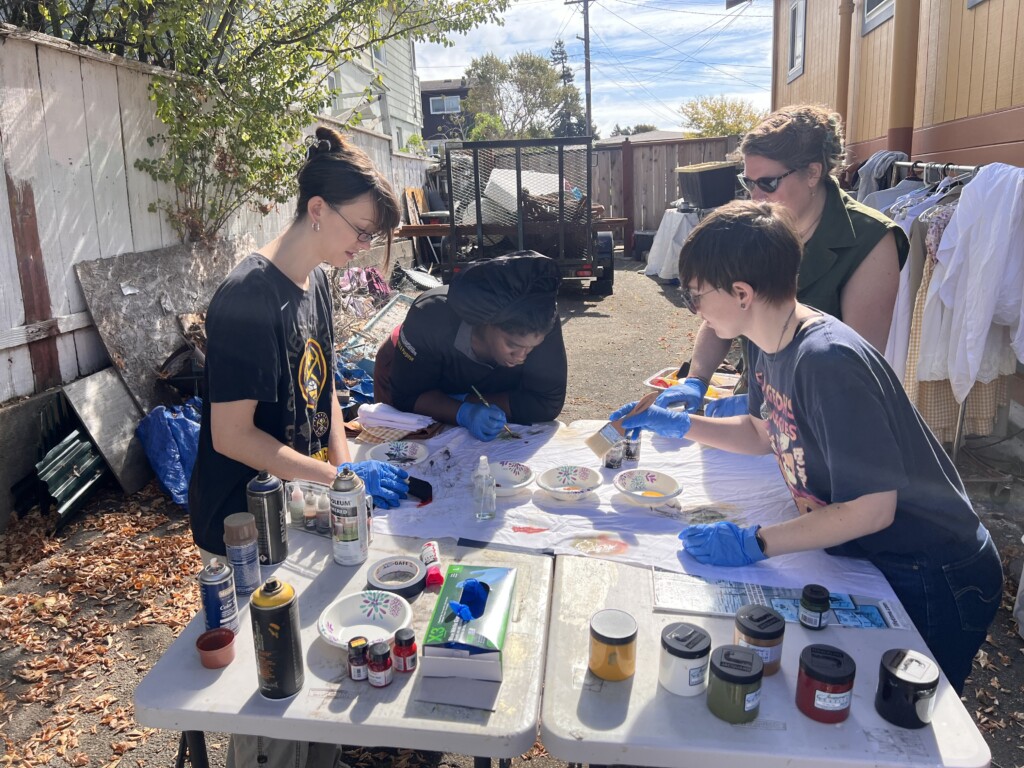
“I know Maggie’s teaching me a lot about [organizing your work],” Master student Alia Davis said. “Just all the different spreadsheets she sets up and the Google Drives; the shared accounts. That’s probably my biggest takeaway so far.”
Outside of building a wardrobe kit and mastering all the spreadsheets, Maggie teaches her students how to source garments from a variety of places, using resources like Amazon, the Douglas Morrisson Theatre, and local thrift shops.
“[When we’re sourcing garments], we kind of rummage, and things come out of boxes, and they can be old or dusty, but we still get excited. We’re like, Oooh, this could be perfect.” Davis commented on the sourcing process during a group interview with Fashion School Daily. Bradley-Stuart added, “I think it was kind of cool because there are so many resources out there that you don’t realize you can use to your ability for keeping within budget without having to make everything from scratch.”

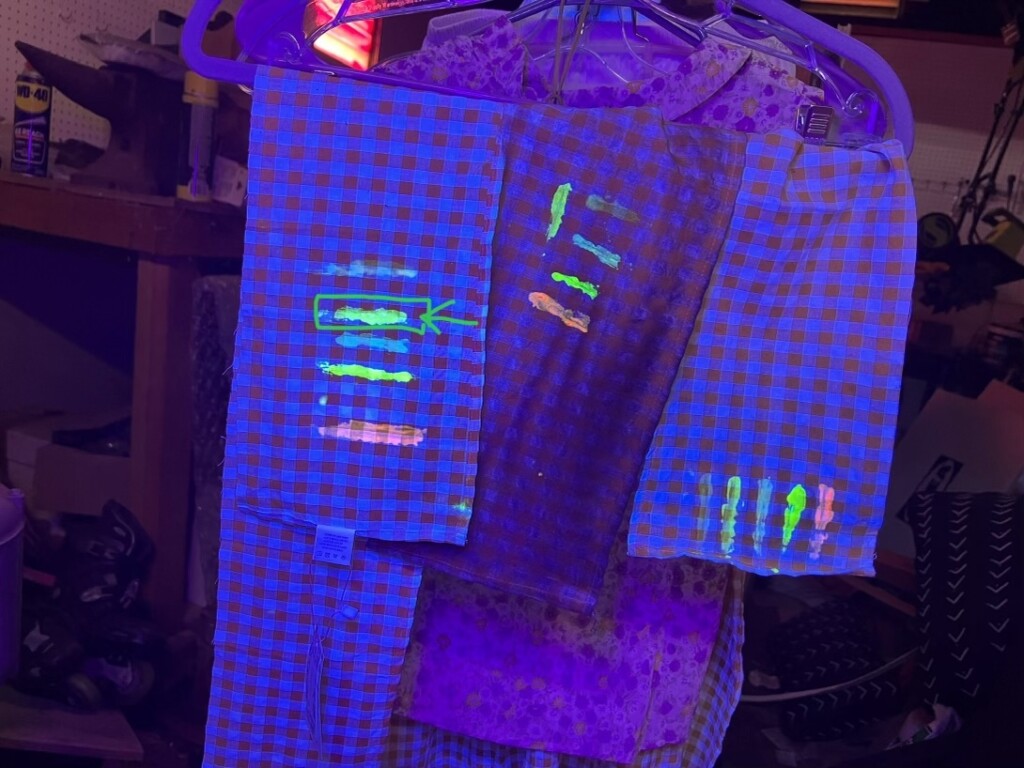
As an instructor, Whitaker’s goal is to get her students these tastes of the professional world, and that includes sharing her own tips, including a packed-to-the-brim, clear garment bag full of an overhanging pocket organizer with a supply of accessories and a bin full of “skins” (undergarments that allow the actors to wear their costume without getting it sweaty or grimy between shows) of all different types.
“I’m really looking forward to people coming into this house and getting a good scare…this ticks a lot of boxes because it’s an old house that I normally wouldn’t get access to; it’s people that I’m excited to work with, and, then it’s an opportunity I’ve never gotten to get my students, which is to do a haunted house.”
Students can use “ZOMBIE20” to get a discounted group rate or “horror” to save 20% on the 69$ tickets. Meet the horrifying cast and get tickets at NightmareSF.com.
By Bea Pritchard, MA Fashion Journalism, Co-reporting by Annika Tuvshintuya, BFA Fashion Communication and Styling. Photography courtesy of Maggie Whitaker and Costume Design students



